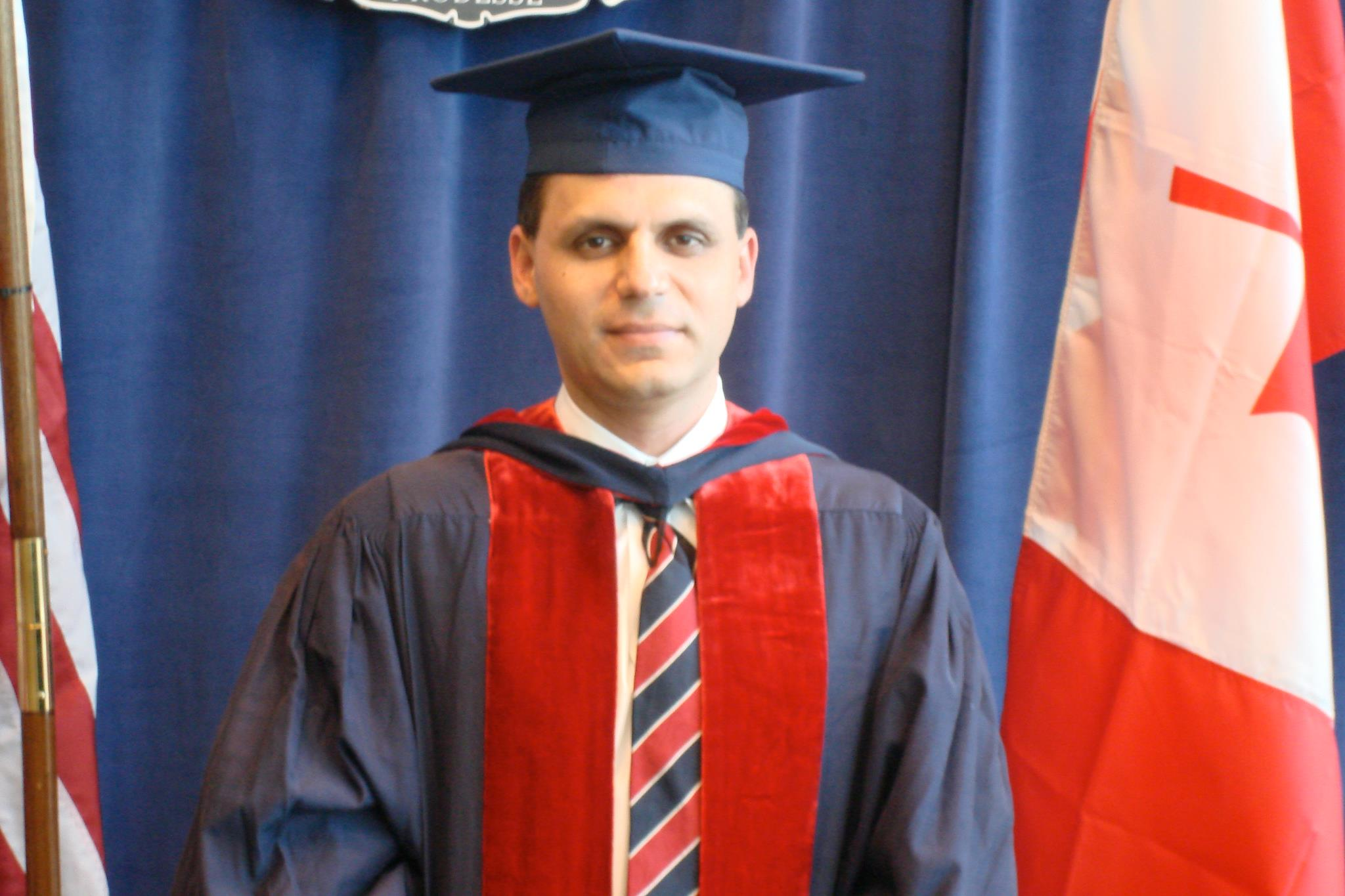
Heart disease remains a leading cause of mortality worldwide, with millions of lives affected by conditions such as valvular heart disease. Traditional treatment options for heart valve disorders often involve open-heart surgery, which can be invasive and carry significant risks, especially for older or high-risk patients. However, advancements in medical technology have led to the development of minimally invasive procedures known as transcatheter valve therapies. In this article, we’ll explore the innovative field of transcatheter valve therapy, its applications, benefits, and the transformative impact it’s having on the treatment of heart valve diseases.
Understanding Heart Valve Diseases
Heart valves play a crucial role in regulating blood flow within the heart, ensuring that oxygen-rich blood is pumped efficiently to the body’s organs and tissues. However, various factors such as age, genetics, and underlying medical conditions can lead to the dysfunction or degeneration of heart valves, resulting in conditions known as valvular heart diseases. Common types of heart valve disorders include aortic stenosis, mitral regurgitation, and tricuspid regurgitation, each of which can impair cardiac function and lead to serious complications if left untreated.
Challenges of Traditional Treatment Approaches: Historically, the standard treatment for severe heart valve diseases has been surgical valve replacement or repair, which involves open-heart surgery. While effective, traditional surgical procedures are associated with certain limitations and risks, particularly for older patients or those with multiple comorbidities. Open-heart surgery requires a sternotomy (splitting of the breastbone) and the use of cardiopulmonary bypass, which can increase the risk of complications such as bleeding, infection, and prolonged recovery times. Additionally, some patients may be deemed ineligible for surgery due to advanced age, frailty, or other medical concerns, leaving them with limited treatment options and poor prognoses.
The Rise of Transcatheter Valve Therapy
Transcatheter valve therapy represents a paradigm shift in the treatment of heart valve diseases, offering a less invasive alternative to traditional open-heart surgery. These minimally invasive procedures involve the delivery of a bioprosthetic valve or valve repair device to the heart via catheter-based techniques, typically through a small incision in the groin or chest. Transcatheter valve therapies can be performed under local anesthesia and conscious sedation, avoiding the need for general anesthesia and the associated risks.
Applications and Benefits
Transcatheter valve therapy is primarily used for the treatment of aortic valve disease, particularly aortic stenosis, which is the most common type of valvular heart disease in elderly patients. The procedure, known as transcatheter aortic valve replacement (TAVR), involves the insertion of a collapsible bioprosthetic valve into the diseased aortic valve via a catheter, effectively restoring normal blood flow and relieving symptoms such as chest pain, shortness of breath, and fatigue. TAVR has been shown to be as effective as surgical aortic valve replacement in eligible patients, with comparable outcomes in terms of mortality, stroke, and quality of life.
In addition to aortic valve disease, transcatheter valve therapy is also being explored for the treatment of other heart valve disorders, including mitral regurgitation and tricuspid regurgitation. Transcatheter mitral valve repair (TMVR) and transcatheter tricuspid valve repair (TTVR) procedures aim to improve valve function and reduce regurgitation through the use of specialized devices such as mitral valve clips or annuloplasty rings. While these procedures are still investigational and not yet widely adopted, they hold promise for patients who are not candidates for traditional surgical interventions.
The transformative impact of transcatheter valve therapy extends beyond clinical outcomes to include significant improvements in patient satisfaction, quality of life, and healthcare resource utilization. Compared to open-heart surgery, transcatheter procedures offer shorter hospital stays, faster recovery times, and reduced healthcare costs, making them an attractive option for patients and healthcare providers alike. Moreover, the less invasive nature of transcatheter valve therapy allows for broader patient eligibility, including older adults and individuals with multiple comorbidities who may not tolerate traditional surgery.
Transcatheter valve therapy represents a groundbreaking advancement in the field of interventional cardiology, offering a less invasive and highly effective alternative to traditional open-heart surgery for the treatment of heart valve diseases. With its ability to restore normal valve function, relieve symptoms, and improve quality of life, transcatheter valve therapy has revolutionized the management of valvular heart diseases and transformed the lives of countless patients worldwide. As technology continues to evolve and clinical experience grows, transcatheter valve therapy holds promise for further innovation and expansion into new applications, ultimately reshaping the landscape of cardiovascular medicine for years to come.